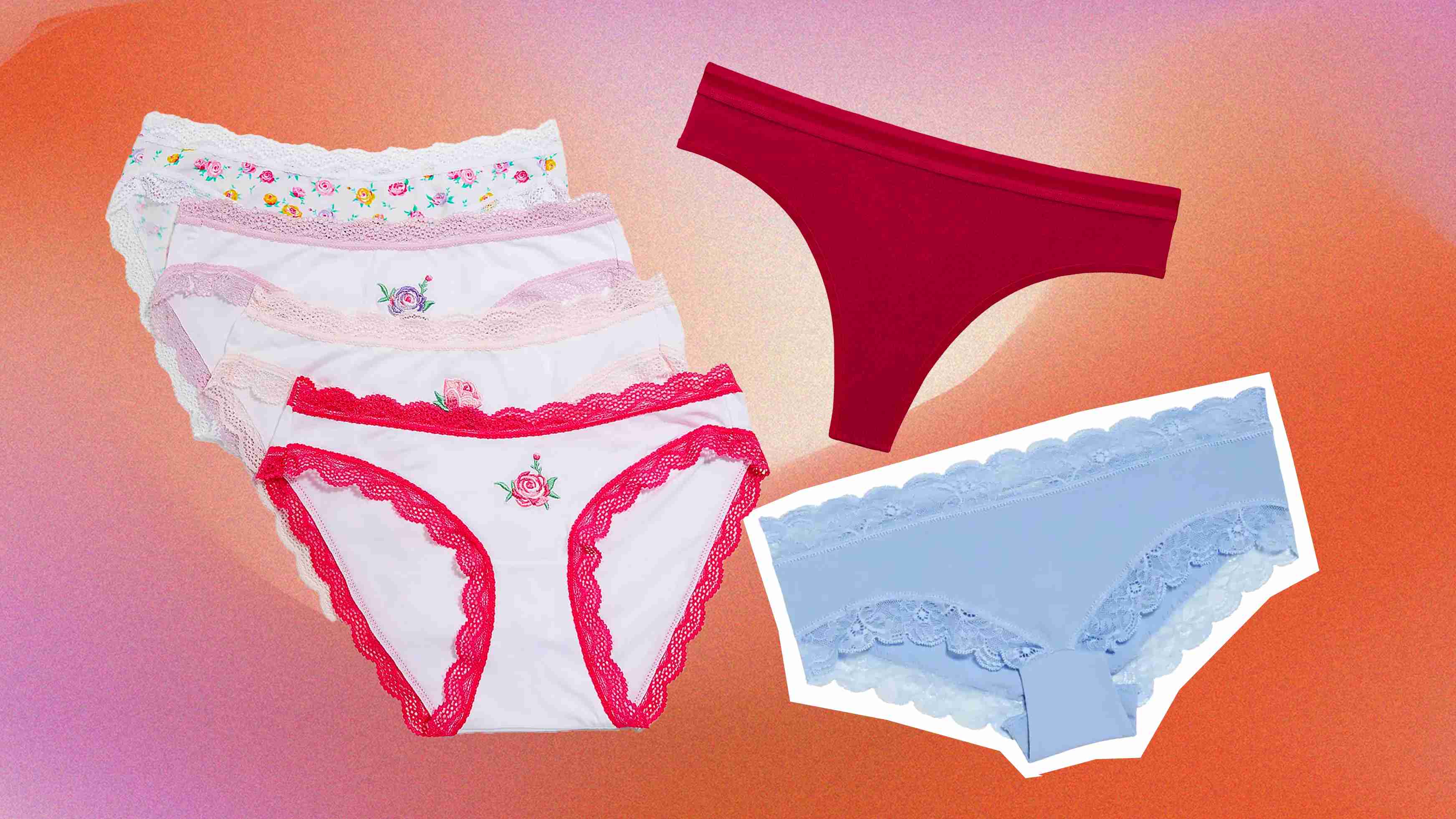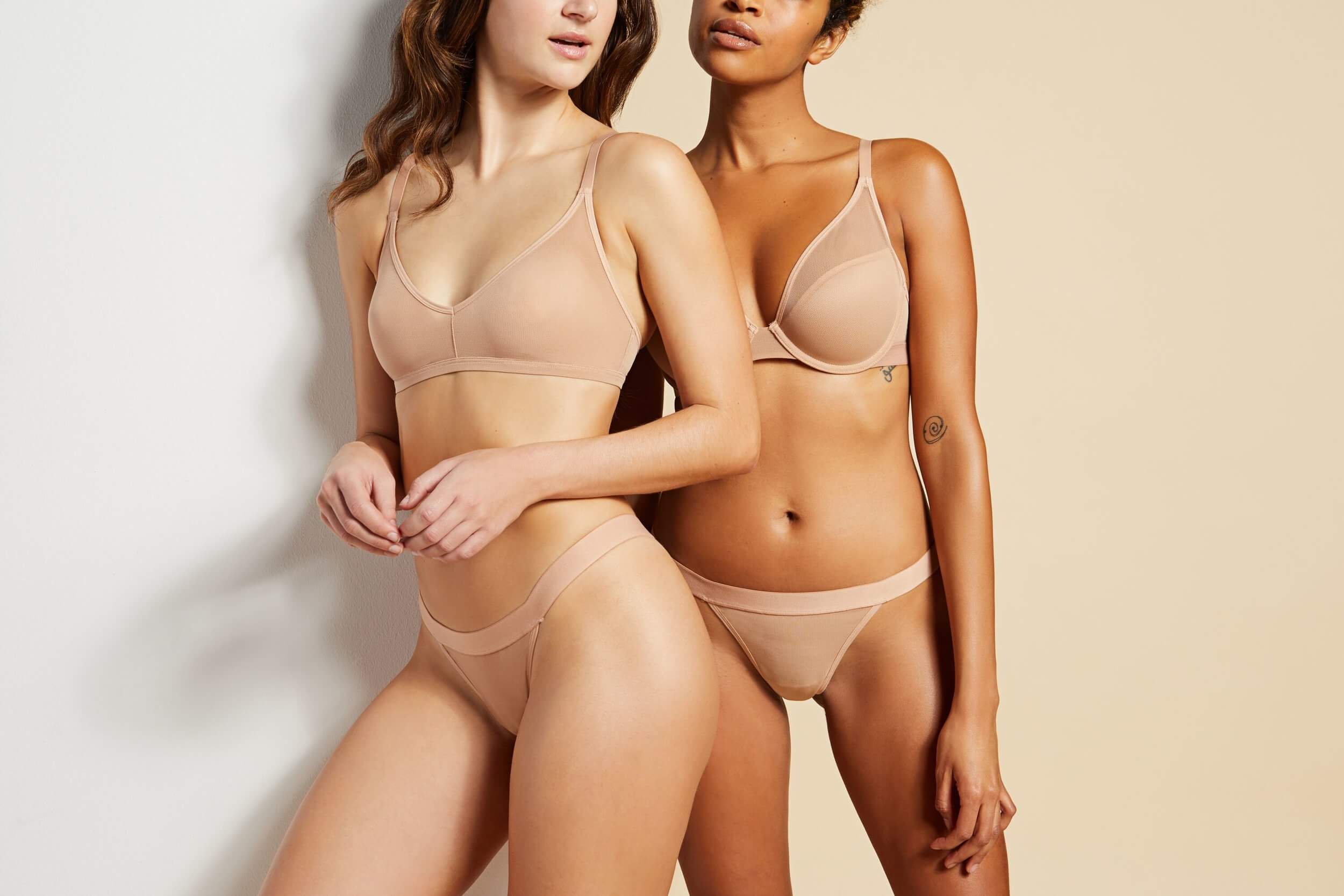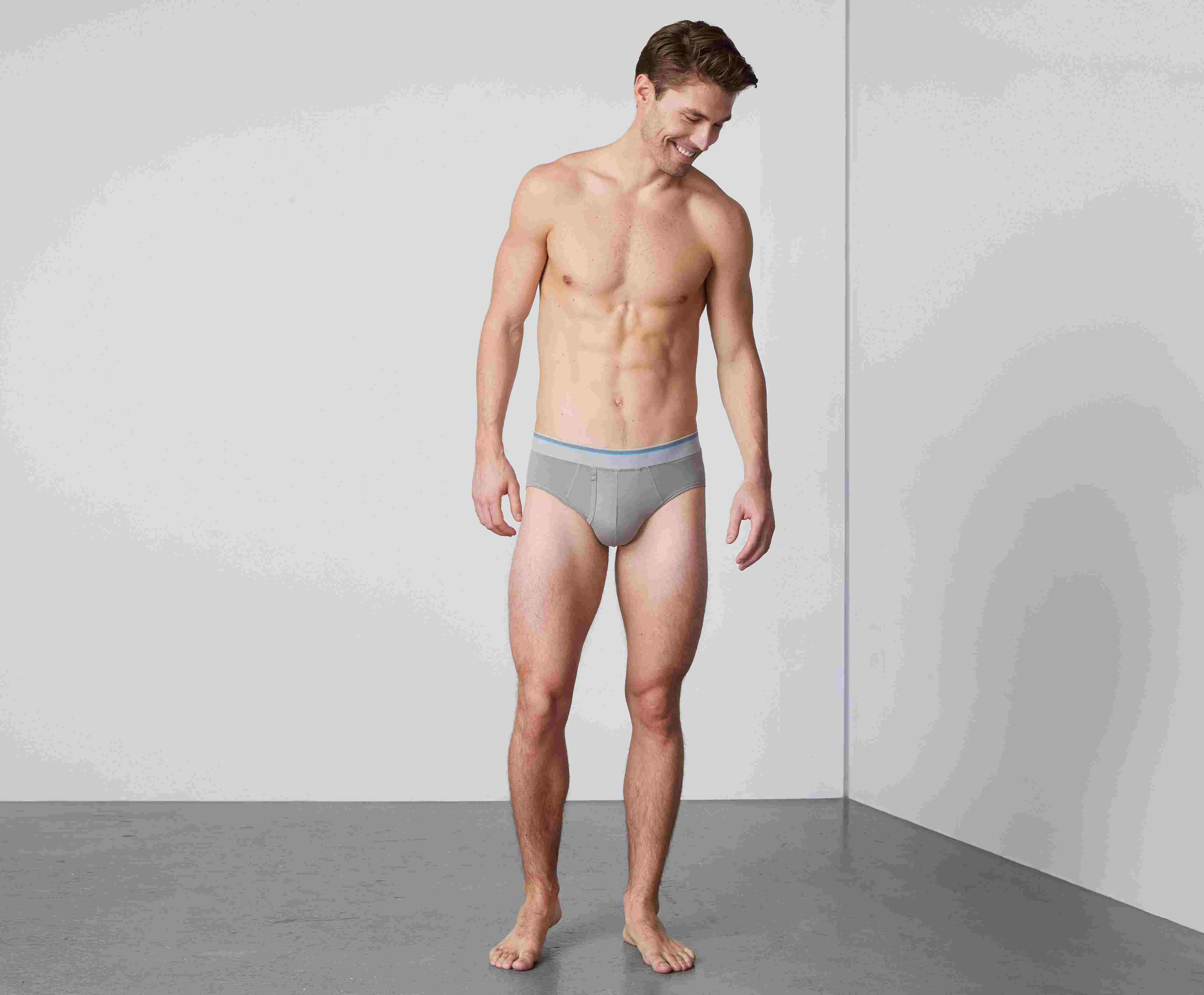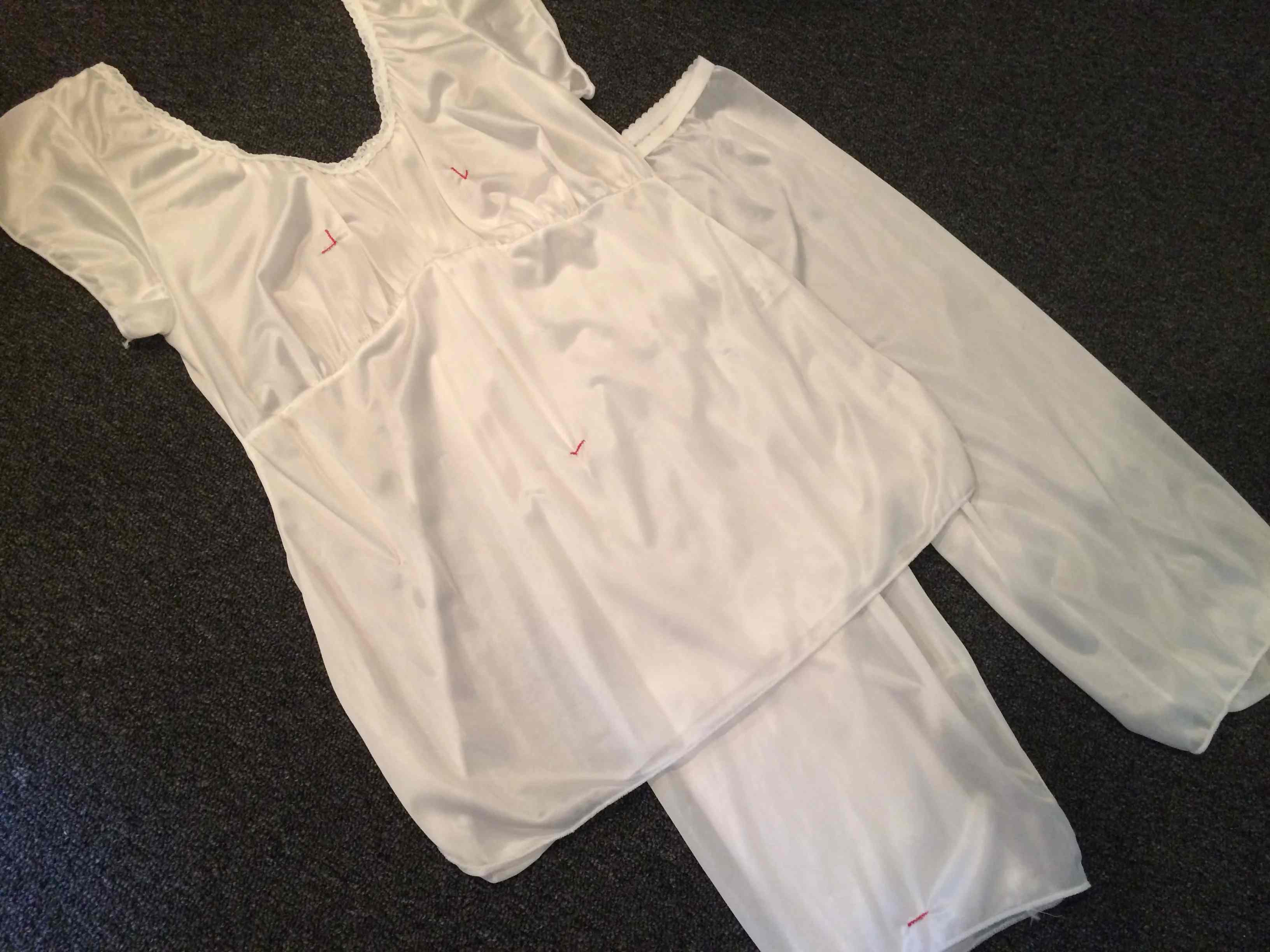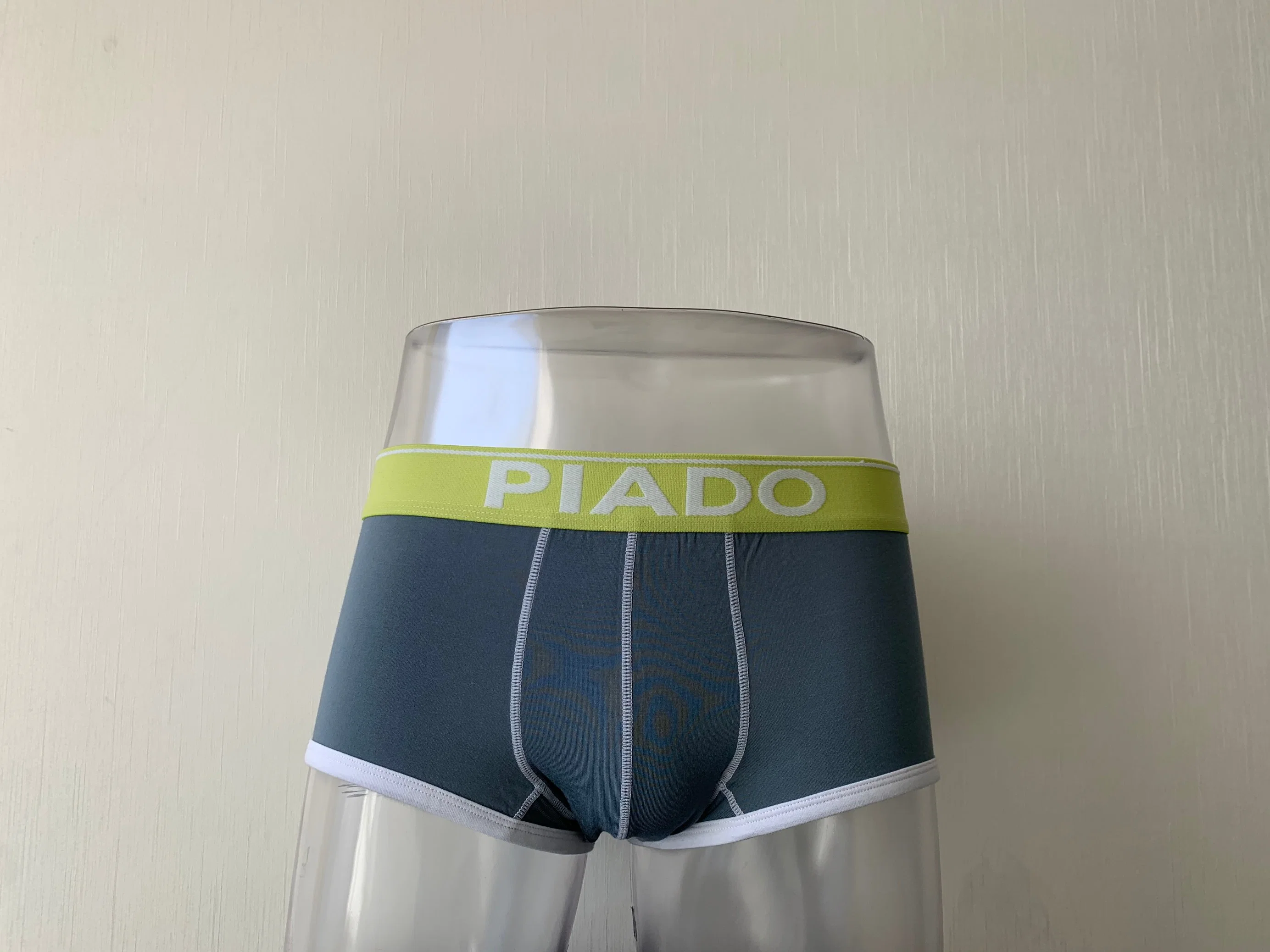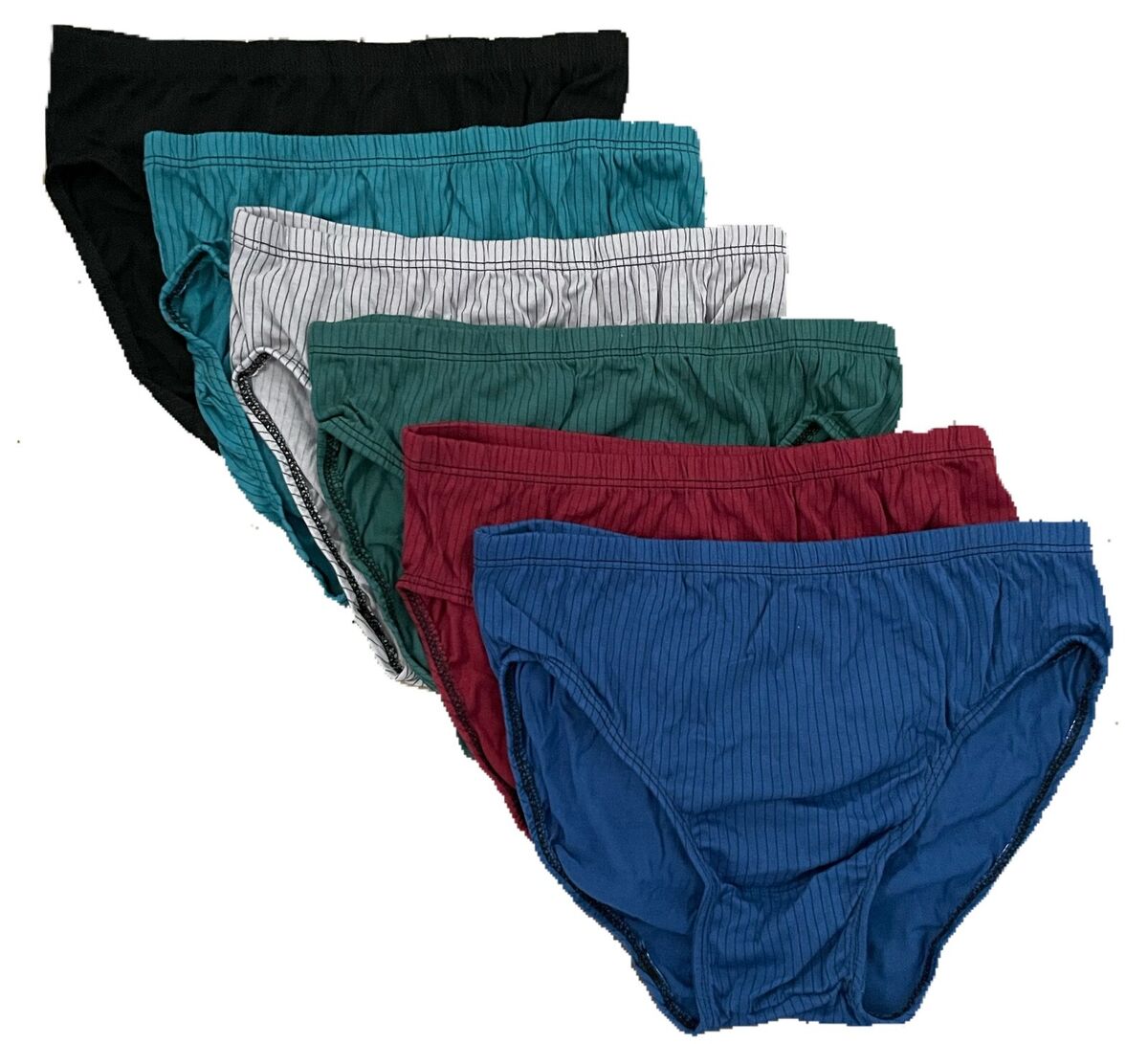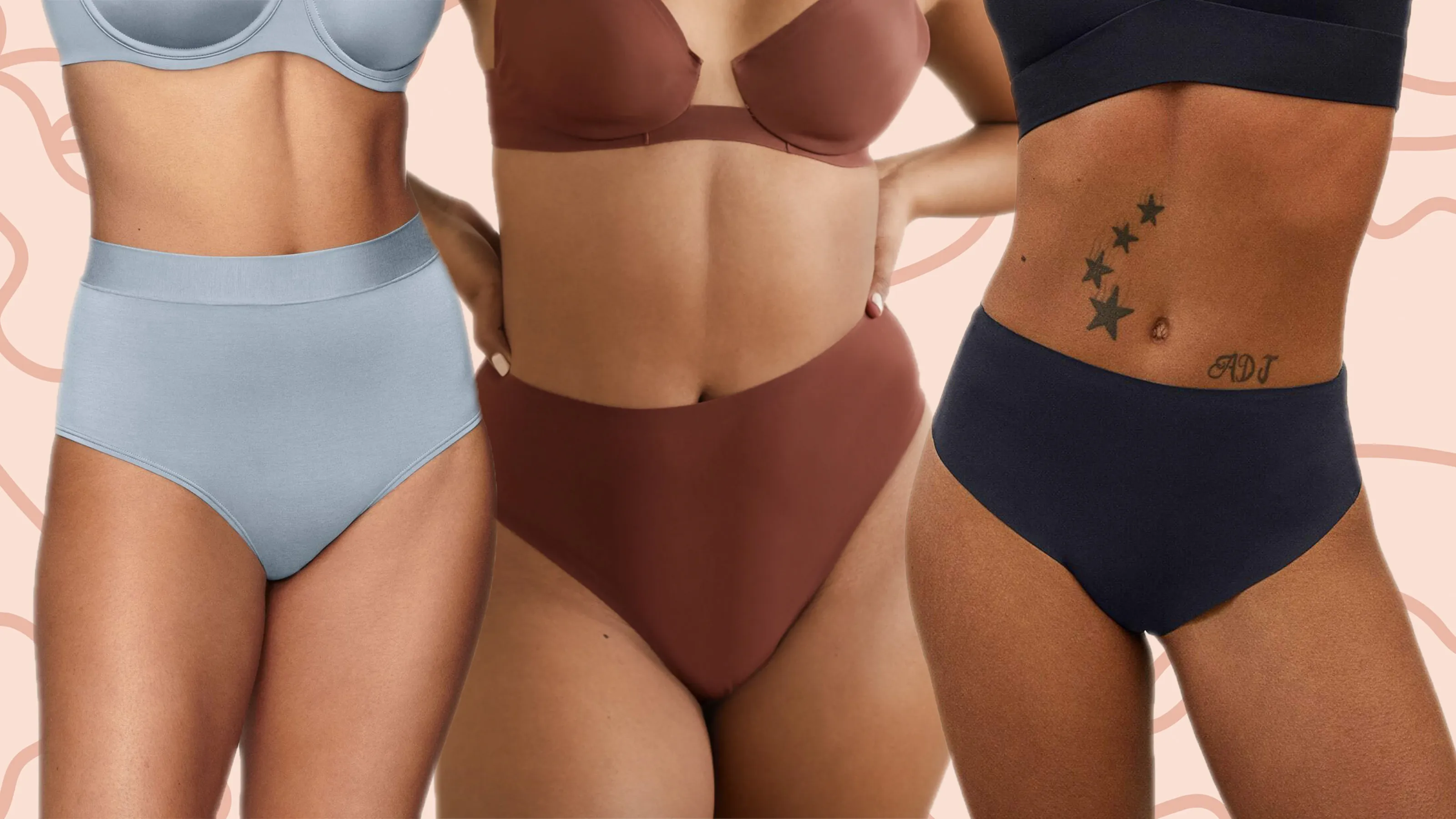Home>Buying Guides>What Is Synthetic Underwear
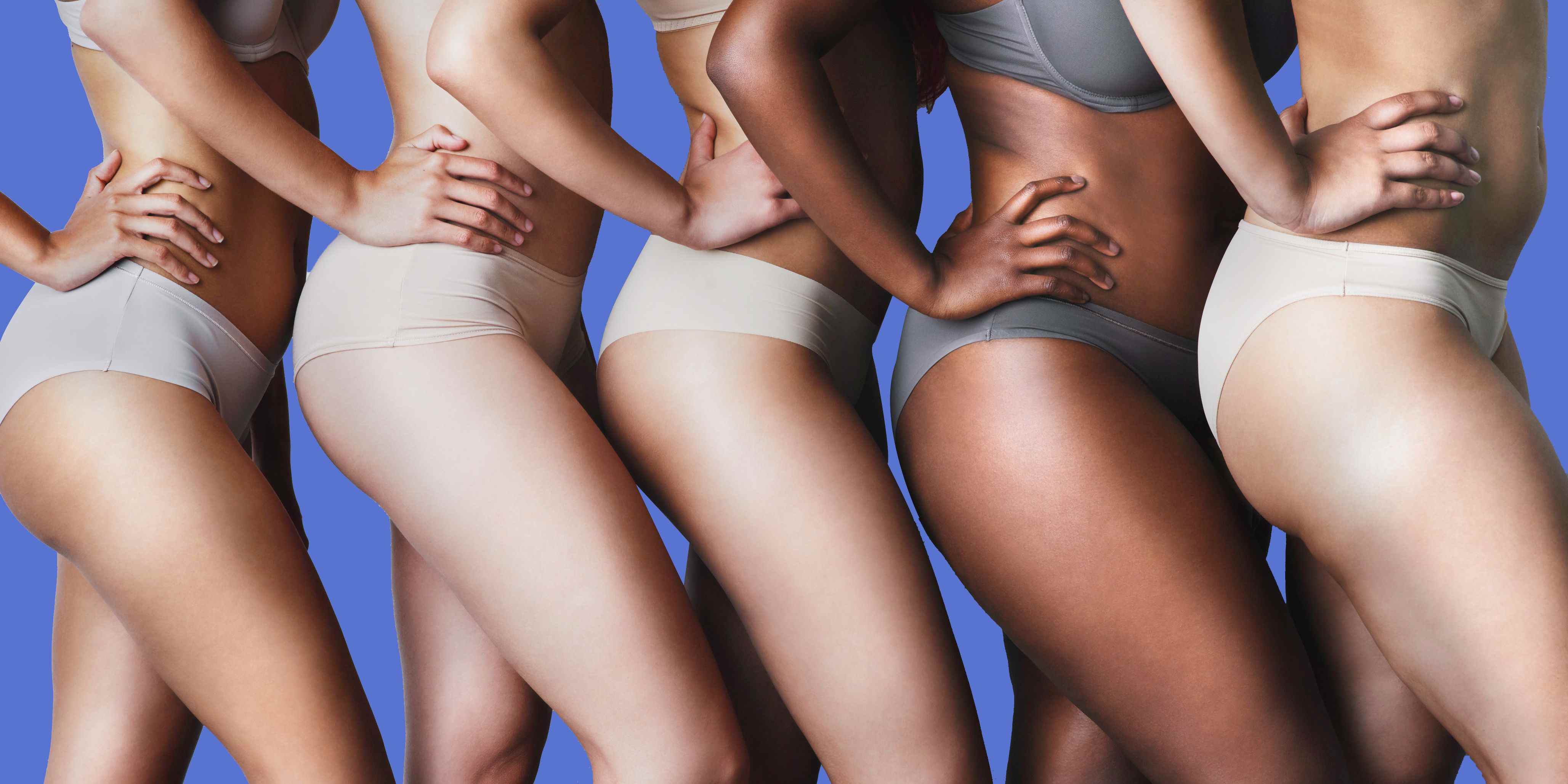

Buying Guides
What Is Synthetic Underwear
Modified: August 2, 2023
Discover the benefits and comfort of synthetic underwear for all. Stay dry, odor-free, and comfortable all day long with our high-quality collection.
(Many of the links in this article redirect to a specific reviewed product. Your purchase of these products through affiliate links helps to generate commission for Under-tec.com, at no extra cost. Learn more)
Table of Contents
- Introduction
- Definition of Synthetic Underwear
- Benefits of Synthetic Underwear
- Different Types of Synthetic Materials Used in Underwear
- Comparing Synthetic Underwear to Other Fabrics
- Care and Maintenance of Synthetic Underwear
- Potential Drawbacks of Synthetic Underwear
- Tips for Choosing the Right Synthetic Underwear
- Conclusion
Introduction
Synthetic underwear is becoming increasingly popular in the world of fashion and practicality. These innovative undergarments are made from a variety of synthetic materials that offer numerous benefits over traditional fabrics.
Whether you’re an athlete looking for moisture-wicking properties, someone with sensitive skin in search of hypoallergenic options, or simply wanting to add some comfort and style to your daily attire, synthetic underwear has something to offer.
In this article, we will explore the world of synthetic underwear, including its definition, the benefits it provides, the different types of synthetic materials used, how it compares to other fabrics, care and maintenance tips, potential drawbacks, and finally, some tips for choosing the right synthetic underwear for you.
So, if you’re curious about how synthetic underwear can revolutionize your comfort and style, or if you simply want to broaden your knowledge about the latest trends in the fashion industry, keep reading!
Definition of Synthetic Underwear
Synthetic underwear refers to undergarments that are made from man-made fibers rather than natural materials like cotton or silk. These fabrics are often engineered using advanced technologies to create specific properties that enhance comfort, performance, and durability.
The synthetic materials used in underwear can range from polyester and nylon to spandex and microfiber. Each of these materials offers unique characteristics that make them suitable for diverse needs and preferences.
One of the key aspects of synthetic underwear is its ability to wick moisture away from the body. Fabrics like polyester and microfiber are renowned for their moisture-wicking properties, which help to keep the skin dry and comfortable even during intense physical activities or hot weather conditions.
Furthermore, synthetic underwear is often designed to have antimicrobial features. This means that the fabric is treated with chemicals or infused with particles that inhibit the growth of bacteria and odor-causing microbes. As a result, wearers can enjoy a fresh and hygienic feeling throughout the day.
Additionally, synthetic underwear can offer a lightweight and breathable feel, making it an ideal choice for those who prefer a more relaxed fit. The fabrics used in synthetic underwear are often designed to be stretchable, providing flexibility and ease of movement.
Overall, synthetic underwear provides a modern and technologically advanced alternative to traditional natural fabrics. With its moisture-wicking properties, antimicrobial features, lightweight feel, and stretchability, synthetic underwear offers a comfortable and practical solution for individuals from all walks of life.
Benefits of Synthetic Underwear
Synthetic underwear offers a range of advantages that make it a popular choice among individuals seeking comfort, performance, and style. Let’s explore some of the key benefits of wearing synthetic underwear:
- Moisture-wicking: One of the standout features of synthetic underwear is its ability to wick away moisture from the body. Fabrics like polyester and microfiber excel in pulling sweat away from the skin and evaporating it, keeping you feeling dry and comfortable throughout the day.
- Quick-drying: Synthetic materials have the advantage of drying faster than natural fibers. This means that even after intense workouts or activities that leave you sweaty, synthetic underwear will dry more quickly, reducing the likelihood of discomfort or chafing.
- Lightweight and breathable: Many synthetic materials used in underwear are lightweight, allowing for a breathable and airy feel. This is particularly beneficial in warm climates or during physical activities when overheating can be a concern.
- Stretch and flexibility: Synthetic fabrics like nylon and spandex provide stretch and flexibility, allowing for a snug and comfortable fit. This ensures that your underwear moves with your body, preventing any discomfort or restriction of movement.
- Hypoallergenic options: Synthetic underwear can be an excellent choice for people with sensitive skin or allergies. Many synthetic materials are hypoallergenic and less likely to cause irritation compared to some natural fabrics.
- Durability: Synthetic fabrics are known for their durability and resistance to wear and tear. They tend to hold their shape and color well even after multiple washes, making synthetic underwear a long-lasting investment.
- Antimicrobial properties: Synthetic underwear can be treated or infused with antimicrobial agents that help prevent the growth of bacteria and eliminate odor. This ensures a fresher and more hygienic feel throughout the day.
- Wide variety of styles and designs: Synthetic underwear comes in a vast array of styles, designs, and colors, allowing you to express your personal taste and style while enjoying the benefits of the fabric’s performance features.
With all these advantages, it’s no wonder that synthetic underwear has gained popularity among individuals seeking comfort, functionality, and a touch of modernity in their undergarments.
Different Types of Synthetic Materials Used in Underwear
Synthetic underwear is made from a variety of man-made fibers, each offering its own unique set of properties and benefits. Here are some of the most commonly used synthetic materials in underwear:
- Polyester: Polyester is a versatile synthetic material widely used in underwear due to its durability and moisture-wicking properties. It is known for its ability to efficiently wick away sweat and dry quickly, keeping the wearer comfortable and dry.
- Nylon: Nylon is another popular choice for underwear due to its strength, elasticity, and ability to retain shape. It provides a form-fitting and comfortable fit while offering excellent breathability. Nylon is also quick-drying and resistant to wrinkles and shrinkage.
- Spandex: Spandex, also known as Lycra or elastane, is a highly stretchable and form-fitting synthetic fiber. It is often blended with other materials to provide elasticity and a snug fit in underwear. Spandex is known for its excellent shape retention and durability.
- Microfiber: Microfiber is a synthetic material made from ultra-fine fibers, which contribute to its softness and lightweight feel. It is renowned for its ability to wick away moisture and provide quick-drying properties. Microfiber underwear offers a smooth and comfortable fit.
- Bamboo rayon: While not a traditional synthetic material, bamboo rayon is a regenerated cellulose fiber considered eco-friendly. It is derived from bamboo pulp and processed to create a soft and breathable fabric for underwear. Bamboo rayon has natural moisture-wicking properties and is hypoallergenic.
- Polypropylene: Polypropylene is a lightweight and moisture-wicking synthetic material commonly used in sports and active underwear. It has excellent thermal insulation properties, making it suitable for colder climates or intense physical activities where sweat management is crucial.
- Polyurethane: Polyurethane is a versatile synthetic material that offers excellent flexibility and shape retention. It is often used as a stretch component in underwear, providing a comfortable and secure fit. Polyurethane enhances the elasticity and overall performance of the fabric.
These are just a few examples of the synthetic materials used in underwear production. It’s important to note that underwear may consist of a blend of different synthetic fibers to combine their strengths and optimize performance.
By understanding the different properties and characteristics of these materials, you can choose synthetic underwear that best suits your needs, whether you prioritize moisture-wicking, elasticity, durability, or other specific features.
Comparing Synthetic Underwear to Other Fabrics
When it comes to choosing underwear, you have a wide range of fabric options to consider, including natural materials like cotton and silk. Let’s compare synthetic underwear to other fabrics to understand its unique advantages and potential drawbacks:
- Cotton: Cotton is a popular choice for underwear due to its softness and breathability. It provides a comfortable and natural feel against the skin. However, cotton has limited moisture-wicking properties compared to synthetic materials, which may result in a damp or uncomfortable sensation when sweating excessively.
- Silk: Silk underwear is smooth, luxurious, and hypoallergenic. It offers excellent temperature regulation and feels incredibly soft against the skin. However, silk can be quite expensive and delicate, requiring extra care during washing and maintenance.
- Wool: Wool is an excellent choice for thermal insulation, making it suitable for colder climates or winter activities. It has natural moisture-wicking properties and provides warmth even when wet. However, some people find wool to be itchy or uncomfortable against the skin, and it may not be the most breathable option.
- Bamboo: Bamboo underwear, made from bamboo rayon, is eco-friendly, soft, and naturally hypoallergenic. It offers good moisture-wicking properties and breathability. However, bamboo fabric may not be as long-lasting as some synthetic options and may require gentle care during washing.
- Synthetic: Synthetic underwear, as mentioned earlier, offers excellent moisture-wicking capabilities, quick-drying properties, and durability. It is also often antimicrobial, making it resistant to odor-causing bacteria. Synthetic fabrics like polyester and nylon are usually more affordable than natural fibers, and they tend to hold their shape well over time.
While natural fabrics have their merits, synthetic underwear provides several unique advantages that make it a preferred choice for many individuals. Its moisture-wicking properties and quick-drying nature make it ideal for active lifestyles and hot weather conditions. Synthetic fabrics also tend to retain their shape, color, and durability, even after multiple washes, offering long-lasting comfort and performance.
Ultimately, the choice between synthetic and other fabric types depends on individual preferences, intended use, and specific needs. Many people opt for a combination of different materials in their underwear collection to enjoy the benefits offered by each fabric for different occasions.
Care and Maintenance of Synthetic Underwear
To ensure the longevity and performance of your synthetic underwear, it’s important to follow proper care and maintenance practices. Here are some tips to keep your synthetic underwear in excellent condition:
- Read the care instructions: Always check the care label on your synthetic underwear for specific washing instructions. Different materials may have different requirements, so it’s important to follow the manufacturer’s recommendations.
- Machine wash with care: Most synthetic underwear can be safely machine washed. However, use a gentle cycle and cold water to minimize any potential damage. Avoid using harsh detergents or bleach, as they may degrade the fabric or affect its performance.
- Avoid fabric softeners: Synthetic materials do not typically require fabric softeners. In fact, fabric softeners tend to leave a coating on the fibers that can reduce the fabric’s moisture-wicking properties. Instead, opt for a mild detergent suitable for synthetic fabrics.
- Air dry or low heat: It’s best to air dry your synthetic underwear to maintain its shape and elasticity. If using a dryer, use a low heat setting to prevent excessive shrinkage or damage to the fabric. High heat can cause synthetic fibers to melt or lose their elasticity.
- Avoid direct sunlight: When drying your synthetic underwear, avoid direct sunlight, as prolonged exposure can fade colors and weaken the fabric. Find a well-ventilated area or use a clothesline indoors for drying.
- Separate colors: To prevent color bleeding or transfer, separate your synthetic underwear by color when washing. This will help preserve the vibrancy and integrity of the fabric.
- Avoid rough surfaces: Be mindful of rough surfaces or abrasive materials when wearing and washing your synthetic underwear. These can cause pilling or snagging, leading to premature wear and tear.
- Store properly: Proper storage is essential to maintain the shape and condition of your synthetic underwear. Fold them neatly and store in a cool, dry place away from direct sunlight and excessive heat.
By following these care and maintenance tips, you can extend the lifespan of your synthetic underwear and keep them looking and performing their best for longer.
Potential Drawbacks of Synthetic Underwear
While synthetic underwear offers numerous benefits, it’s important to be aware of potential drawbacks that some individuals may experience. Here are some considerations to keep in mind:
- Lack of breathability: Synthetic fabrics can sometimes be less breathable than natural fibers like cotton. This means they may not provide the same level of air circulation, which could result in a warmer and potentially less comfortable wearing experience, especially in hot and humid conditions.
- Potential odor retention: Although many synthetic materials are treated with antimicrobial agents, there is still a possibility of odor retention, particularly if underwear is not washed promptly or properly. Bacteria can develop in the fabric, leading to persistent odors.
- Static buildup: Synthetic fabrics are more prone to static electricity buildup compared to natural fibers. This can lead to clinginess or discomfort when clothing sticks to the body. Using an anti-static spray or employing natural remedies like dryer sheets can help mitigate this issue.
- Potential skin irritation: Some individuals with sensitive skin may experience irritation or allergic reactions to certain synthetic materials or the chemicals used in their production. It’s important to pay attention to any signs of discomfort and choose underwear made from hypoallergenic fabrics if necessary.
- Environmental impact: Synthetic materials are derived from petrochemicals and are not biodegradable. The process of producing synthetic fibers may also involve the use of chemicals and energy-intensive procedures. This means that the production and disposal of synthetic underwear can have a negative impact on the environment.
- Heat retention: While synthetic fabrics can wick away moisture, they may also retain heat more than natural fibers. This can be a concern for those engaging in intense physical activities or wearing multiple layers, as excess heat can lead to discomfort or excessive perspiration.
It’s important to note that not all individuals will experience these drawbacks, and they can vary depending on the specific fabric and individual preferences. By choosing high-quality synthetic underwear and practicing proper care, many of these potential drawbacks can be minimized or avoided altogether.
Ultimately, it’s up to each individual to consider these factors and determine what is most important when selecting their choice of underwear. Consider your specific needs, comfort level, and desired performance attributes when making your decision.
Tips for Choosing the Right Synthetic Underwear
When it comes to selecting the right synthetic underwear, there are several factors to consider to ensure optimal comfort, fit, and performance. Here are some tips to help you make an informed choice:
- Consider your lifestyle: Think about your daily activities and the purpose for which you need the underwear. If you lead an active lifestyle or engage in sports, look for synthetic underwear specifically designed for athletic performance, with features like moisture-wicking and breathability.
- Assess the fabric’s properties: Look for specific attributes that are important to you, such as moisture-wicking, odor control, or heat regulation. Different synthetic materials offer varying benefits, so choose a fabric that aligns with your needs.
- Check the fit: Ensure that the underwear fits well and provides the level of support you desire. Consider whether you prefer a snug fit or a more relaxed feel, and choose a size and style that suits your preferences.
- Look for seamless options: Seamless synthetic underwear can provide an extra level of comfort, as there are no irritating seams that can rub against the skin. They can also eliminate lines under clothing, providing a smoother silhouette.
- Read reviews: Take the time to read customer reviews and feedback on different brands and styles of synthetic underwear. This can provide valuable insights into the quality, durability, and overall satisfaction of the product.
- Consider the waistband: Pay attention to the waistband construction of the underwear. Look for options with a comfortable and elastic waistband that does not dig into the skin or cause discomfort throughout the day.
- Choose reputable brands: Opt for well-known and reputable brands that have a track record of producing high-quality synthetic underwear. This can ensure that you are getting a reliable product that meets your expectations.
- Try different styles: Don’t be afraid to experiment with different styles of synthetic underwear, such as briefs, boxers, or boxer briefs. Each style offers a unique fit and coverage, so try different options to find what works best for your body and preferences.
By keeping these tips in mind, you can make a more informed decision when choosing synthetic underwear that suits your lifestyle, preferences, and comfort needs.
Conclusion
Synthetic underwear offers a wide range of benefits and advantages that make it a popular choice for individuals seeking comfort, performance, and style. With its moisture-wicking properties, quick-drying capabilities, durability, and stretchability, synthetic underwear provides a practical and modern alternative to traditional fabric options.
From polyester and nylon to spandex and microfiber, the variety of synthetic materials used in underwear production offer unique characteristics and performance features. Whether you prioritize moisture-wicking, breathability, hypoallergenic properties, or durability, there is a synthetic fabric to suit your needs.
However, it’s important to note that synthetic underwear may have some potential drawbacks, such as the lack of breathability compared to natural fibers, the potential for odor retention, and the environmental impact of production and disposal. These considerations should be taken into account when making a decision.
When choosing synthetic underwear, be sure to consider your lifestyle, assess the fabric properties, check the fit, and look for reputable brands. By following these tips, you can find the right synthetic underwear that offers the desired comfort, support, and style that aligns with your preferences.
Overall, synthetic underwear provides a modern and technologically advanced option for individuals seeking comfort, functionality, and performance in their undergarments. By understanding the benefits and potential drawbacks of synthetic fabrics, you can make an informed decision and enjoy the comfort and convenience they bring to your everyday attire.

